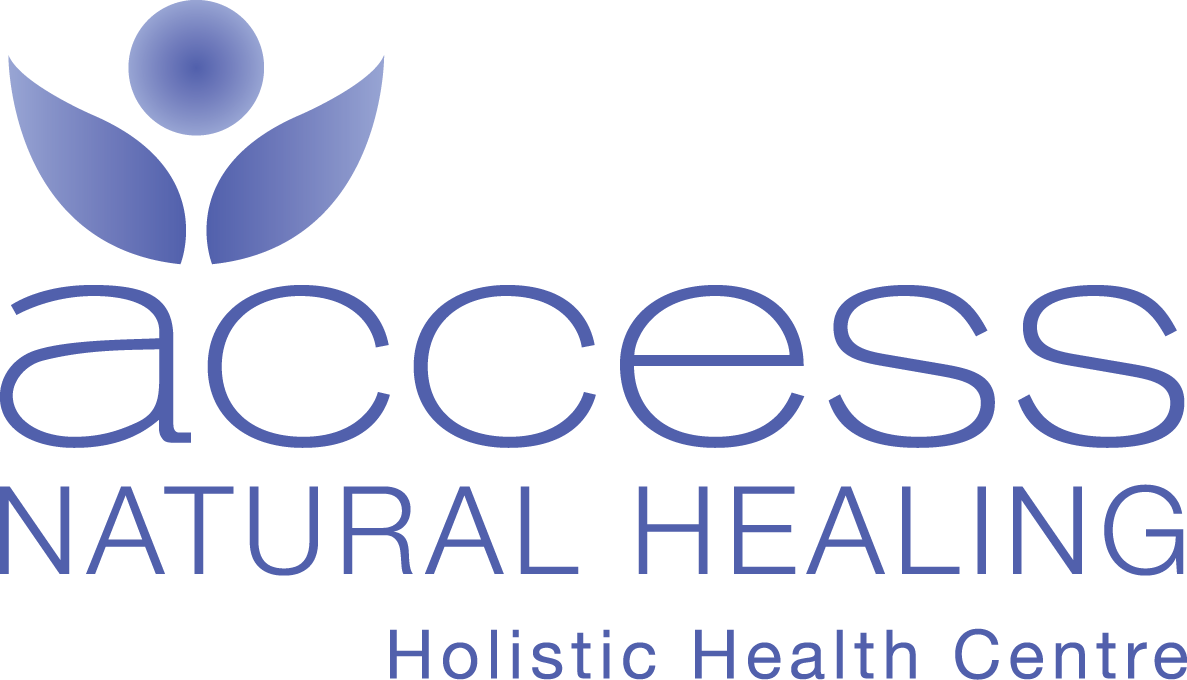Reducing healthcare costs with homeopathy and anthroposophic medicine: a literature review
/Reducing healthcare costs with homeopathy and anthroposophic medicine: a literature reviewAbstract: Background: With an ageing European population and the associated rise in chronic diseases pressuring European health systems, an investigation into the appropriateness, cost-effectiveness and efficacy of various medical systems is needed. ECHAMP carried out a literature review on cost-effectiveness of homeopathy and anthroposophic medicine in order to show how homeopathy and anthroposophic medicine can contribute to a sustainable health system. Methods: An extensive search was carried out in the electronic databases of Medline (Pubmed), Google Scholar and Science Direct. The articles were analysed on direct, indirect and intangible cost reductions. Results: Eight studies showed remarkable direct costs savings by the use of homeopathy while seven studies indicated direct cost reductions with the treatment of anthroposophic medicine. One study showed significant direct cost savings for both homeopathy and anthroposophic medicine. None of the studies performed an exact cost calculation for the indirect cost savings of homeopathy whereas only one study calculated the indirect cost savings due to anthroposophic medicine. The latter estimated that indirect cost savings ranged between 41.5 and 113.1 euros per patient per day. Almost all studies for both homeopathy and anthroposophic medicine showed an increase in Quality of Life and reductions in disease severity. Conclusion: Both homeopathy and anthroposophic medicine can contribute to sustainable health systems by reducing direct, indirect and intangible healthcare costs.
ECHAMP represents the industry for homeopathic and anthroposophic medicinal products in Europe.It endorses the important role that homeopathy and anthroposophic medicine play and can play inhealthcare and seeks to maximise availability of homeopathic and anthroposophic medicinal products for all citizens of Europe. ECHAMP works to ensure an appropriate regulatory status for these safe, effective and high quality products. ECHAMP E.E.I.G. Rue Gray 100B - 1040 Brussels office@echamp.eu Tel: (32) 2 649 94 40 Fax: (32) 2 649 41 77



 The future is very bright for natural homeopathic products. Homeopathy continues to grow as shoppers learn that it may temporarily help relieve symptoms of diagnosed conditions. US retail sales of homeopathic and herbal remedies reached $6.4 billion in 2012—up almost 3% from 2011 and growing 16% over the past 5 years—according to Chicago, IL–based market research firm Mintel.1 Homeopathic remedies are safe to use, without known contraindications, and are relatively inexpensive compared with prescription drugs.
The future is very bright for natural homeopathic products. Homeopathy continues to grow as shoppers learn that it may temporarily help relieve symptoms of diagnosed conditions. US retail sales of homeopathic and herbal remedies reached $6.4 billion in 2012—up almost 3% from 2011 and growing 16% over the past 5 years—according to Chicago, IL–based market research firm Mintel.1 Homeopathic remedies are safe to use, without known contraindications, and are relatively inexpensive compared with prescription drugs.


